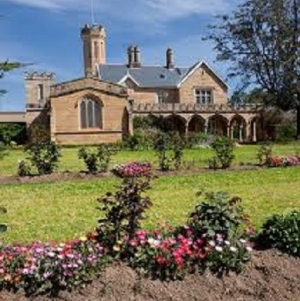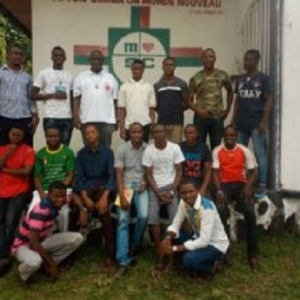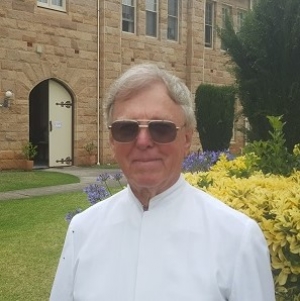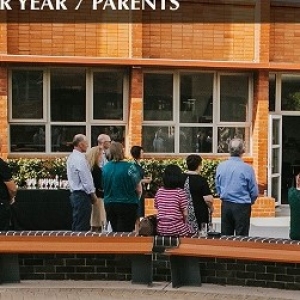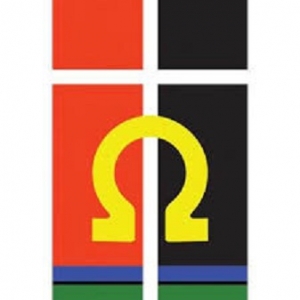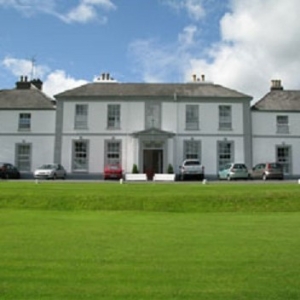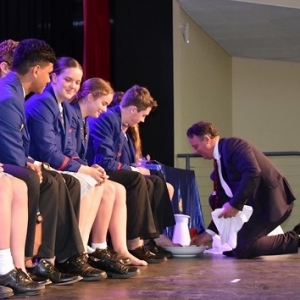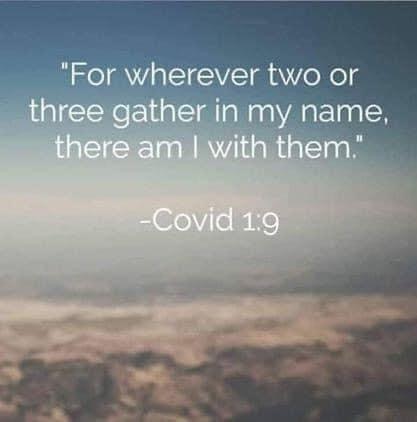Peter MALONE
February 26th, Profession Anniversary Day.
February 26th, Profession Anniversary Day.
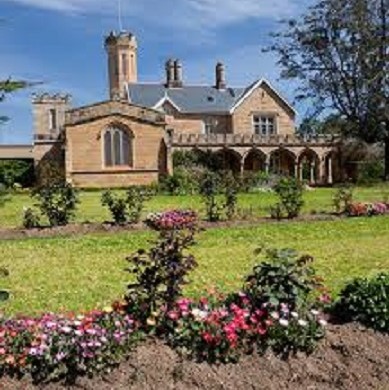
Up until 1966, the traditional day for religious profession was February 26th (with a mid-year date for Brothers’ professions, August 5th).
The change, with more flexibility came in 1966, February, the day Australia changed to decimal currency. Bob Irwin and Roy O’Neill recently celebrated this 55th anniversary of profession.
Today we acknowledge:
75 Years Professed:
- Bernard McGrane
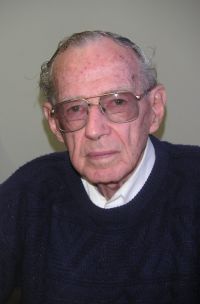
- Albert Yelds
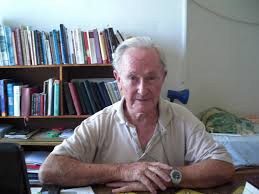
Bernie and Albert are at St Joseph’s.
65 Years Professed:
- Paul Brennan
Douglas Park community
- Albert Chan
Chinese ministry, Brisbane
- Bede North
Kensington community
- Tony Young
Eastern Papua, convalescing in Melbourne
60 Years Professed:
- Frank Andersen

Melbourne Community, Mont Albert
- Reg Pritchard
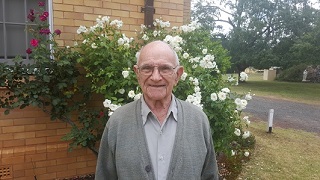
Douglas Park community
Some news of MSC Formation in the French African Union, from Kinshasa.
Some news of MSC Formation in the French African Union, from Kinshasa.
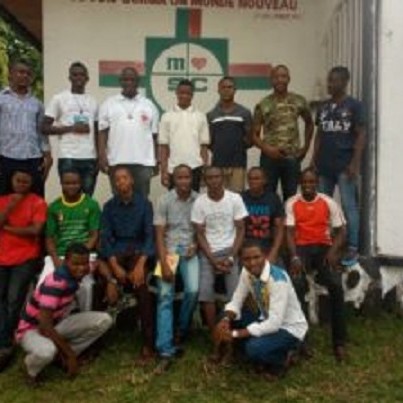
Jonas HASSAN MOUCHI, our confrere from the French African Union, studied in Australia, at Sydney, at Marymount, in 2017, and visited a number of communities. On his return to Africa, he worked in formation. The Democratic Republic of Congo is not the safest or most secure country to work in, covid-19, reports of ebola, armed militias and violence.
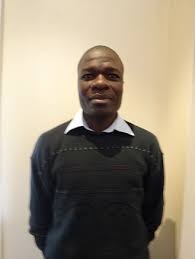
Jonas wrote earlier in the month:
We are all fine in the novitiate. We are three novices and 2 formators. It is also the last year of my term.
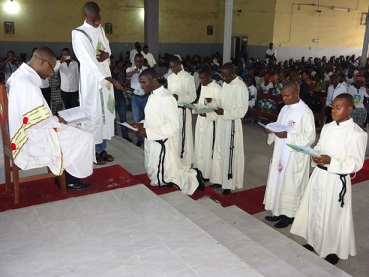
The parents and siblings are fine too but the terrorist group is still active in our region. I am very concerned by that situation. I wish to displace them to a safe place by helping them to build a temporary or definitive home because they are threatened all the time and the men are forced to spend the night waiting for those people.
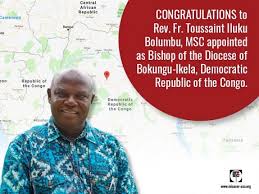
Toussaint Iluku MSC, our bishop in the Democratic Republic of Congo.
I am very sad because I can’t help them for the moment.
Just some greetings from Kinshasa.
MSC Mission Office Blessing
MSC Mission Office Blessing

Roger Purcell MSC, Director of the Mission Office writes:
New Office
The Blue Room in CRC was offered to us in late 2019 and I immediately went and had a look. My response was, YYYYEEEESSSSS!! The potential was obvious and a great improvement on our existing setup. After some conversations and waiting the move was on! We packed up many boxes of files, books, paraphernalia and all else which became a massive pile on the floor of the new office. To move everything we hired a truck for many trips from the Monastery to the backdoor of CRC. Lending a generous had were Brs. Col Sinclair and Ted Merritt (visiting from the NT). We had new points installed for online, computer and power. We purchased some new furniture and compactus, also we received library shelving put together for us to take all the books and more bits and pieces. A big thanks Tony for your generous effort and support!
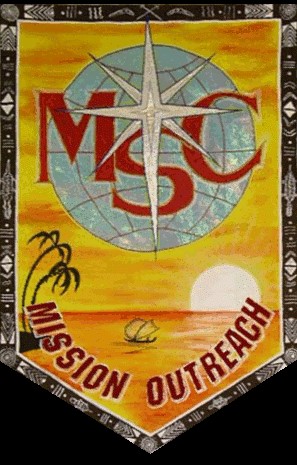
The Move
We moved out of five rooms in the Monastery and now have everything in this one space with enough room for desks and office equipment, and adequate space for meetings and gatherings. Big windows on two sides give us great light and a great view. It is quiet, comfortable and a great place to work. We intended to complete the move immediately and free the rooms for the Monastery. However lockdown came to prevent this. I moved to CRC for some months and our operation went ahead. We have now completed the move with all rooms being now re-purposed for the Monastery.
Mission Hill
The view from the window was a hill with unmanageable grass. It has now become “Mission Hill” covered in native shrubs, bushes and groundcover, with pumpkins and tomatoes courtesy of the compost. I have put large amounts of compost into the soil as “carbon sink” which gives much nutrition to the plants. As it grows it will cover the hill, bring the birds and delight us with flowers.
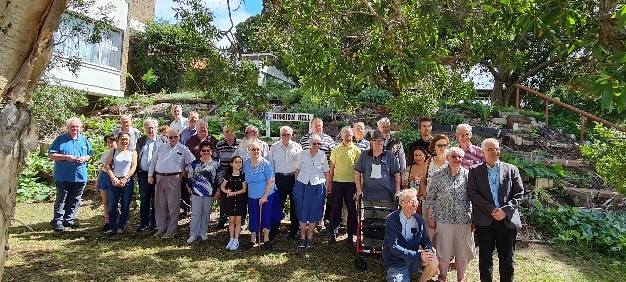
Blessing and Celebration
Our plan was to have a blessing and opening of the new Mission Office in 2020, but like many other things it did not happen. This took place on 14th February and was truly a great day. We had about 35 people for the day with tea/coffee at 10am, blessing at 10.30, followed by drinks and lunch. Present were MSC, OLSH, friends and staff, who caught up with each other, made new friends and told many stories. A great thanks to Br Gerard Shanley as Master Chef for his cooking and catering which all enjoyed. Our thanks also to our Provincial Chris McPhee for his presence, leadership and support for our work and apostolate.
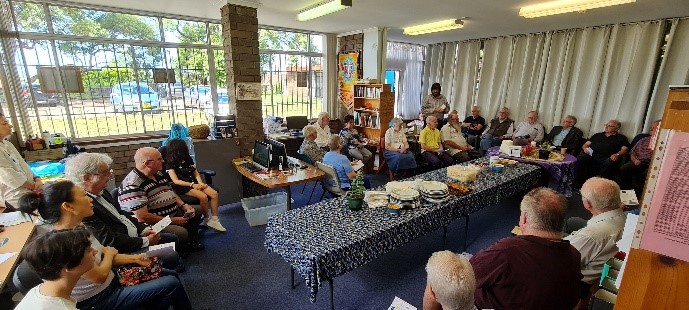
Sacred Space
The Office was blessed by water and prayer, but more importantly by the people who brought themselves with their gifts, talents, experience and relationship. Their presence here was the great blessing of the day. After all had gone I was alone in the Office locking up. In the silence and contentment of the day I realized that I was now in SACRED SPACE! The whole day, all who attended and the interactions of the day left with us a place sacred, holy and special.
New Era
We spoke of a new beginning for the MSC Mission Office with a new Office and new Director. We continue with what is established, look for new methods and techniques and new direction. When the pandemic is over and we emerge as people changed and renewed, we look forward to a stronger, renewed and more dynamic mission apostolate. The Mission is truly Alive.
See “Mission Alive”: www.facebook.com/MSCMissionOffice,
twitter.com/mscmission, www.youtube.com/user/mscmissionau, www.linkedin.com/company/msc-mission-office-australia
RIP, Reyer Flapper MSC
RIP, Reyer Flapper MSC
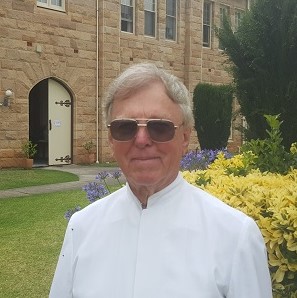
Peter Hendrix has sent out this news:
St Joseph’s Nursing Home informed us that Rey died peacefully this morning.
Peter Guy was with him last night for an hour and anointed him. The nurses came in this morning at 3:45am to check on Rey and it was then that he passed away, so they were with him when he took his last breath.
Peter then returned this morning to pray the Prayers for the Departed. We give thanks for Rey’s life and pray for the repose of his soul.
Rey aat a Douglas Park ceremony
At the time of Rey's 80th birthday, 2018, Barry Smith wrote from Douglas Park:
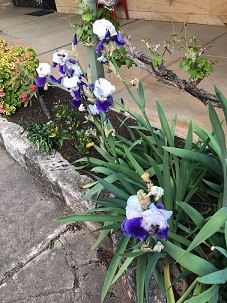
Reyer came to St Mary’s Towers in 2004 and has remained here ever since. He attends some sections of the gardens, especially the cemetery area and around the Community House. There are always nice colourful flowers to be seen, especially the roses in front of the Community House.
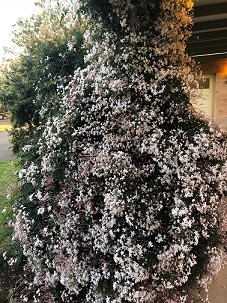
Reyer was from Holland and was a lay missionary for many years, and since joining the MSC’s has been at Fergusson Island, Sidea, The General House in Rome, Treand House, Chanel College, Rossel Island.
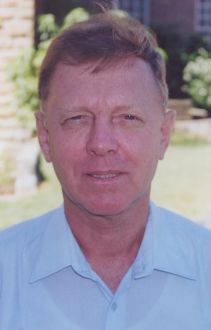
Daramalan College. Opening of the school year 2021.
Daramalan College. Opening of the school year 2021.
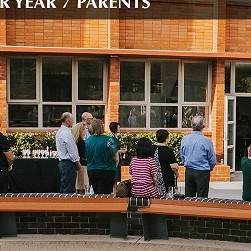
In recent years we have posted openings for Chevalier College and Downlands College. Today we are at Daramalan College, Canberra.
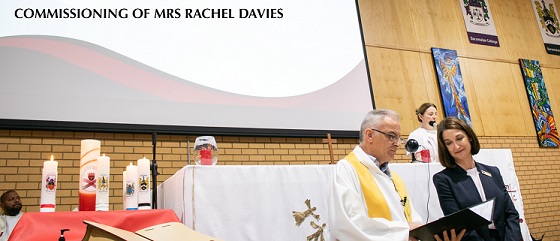
There is special significance: the installation of the new Principal, Rachel Davies. Present, Chris McPhee MSC, Provincial Superior.
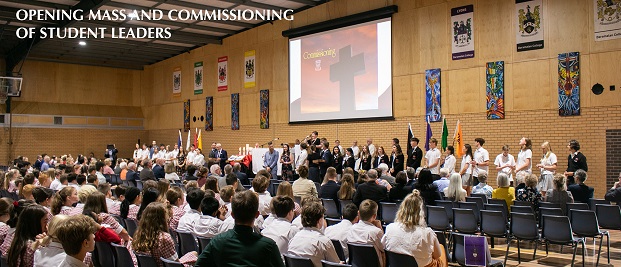
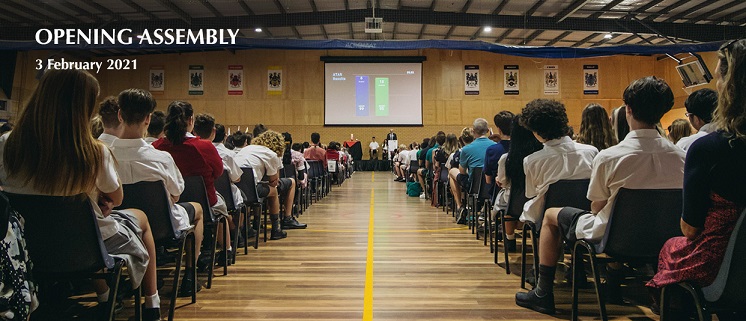
Darwin and NT News regarding Nungalinya College
Darwin and NT News regarding Nungalinya College
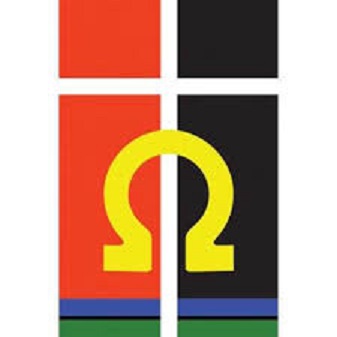
(The combined Catholic, Anglican and Uniting Churches’ venture providing Christian education for Indigenous students in theology, community development and leadership skills and preparing our Indigenous Christians for Ministry).
Nungalinya College is an adult education college based in Casuarina, a suburb of Darwin in the Northern Territory of Australia. Founded in 1974, it describes itself as a "Combined Churches Training College for Indigenous Australians", and provides training for Christian ministers and community leadership.
"Nungalinya" is a Larrakia word used by the local Larrakia people word, referring to "Old Man Rock", a reef off Casuarina Beach, that was a traditional place of learning for young men. After the name was suggested by a group of Larrakia people, it was agreed to by a meeting of Trustees in 1973. On 4 August 1974, Archbishop Sir Frank Woods, the Anglican Primate of Australia, laid the foundation stone, a large round granite rock from the Mount Bundey mines.

Many of you would know that late last year Carol Muller resigned from her long-held position as Catholic Dean at Nungalinya College. Carol’s contribution to the cohort of Catholic students there and to the College as a whole, is widely recognised as having been phenomenal. In the final Report as Catholic Dean that Carol put together, her opening paragraph was as follows:
“It is with pleasure that I write this Report after having been the Catholic Dean at Nungalinya College for the past eight and a half years. The journey for me has been a most memorable and enlightening one and I am very grateful to have had the opportunity to work in a missionary and combined training college for Indigenous Australians from the Catholic, Anglican and Uniting Churches. The Churches work in harmony while focusing on the Churches’ Mission to reach out to disadvantaged and often neglected remote communities throughout Australia, but particularly in the Northern Territory. Our mission is to equip and empower our Indigenous leaders to serve and minister to the people in their own communities in a spirit of love and reconciliation.”
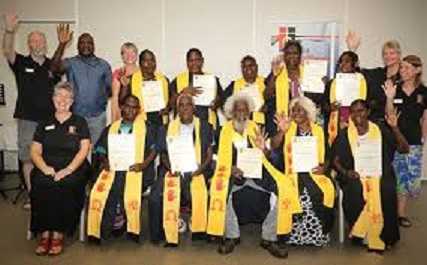
The diocese owes a great debt of gratitude to Carol for the outstanding dedication and attentive caring she showed to so many students from our Catholic Indigenous communities.
Not an easy act to follow! But after a careful search and selection, Bishop Charles has appointed Regina McCarthy as the new Catholic Dean at Nungalinya College.
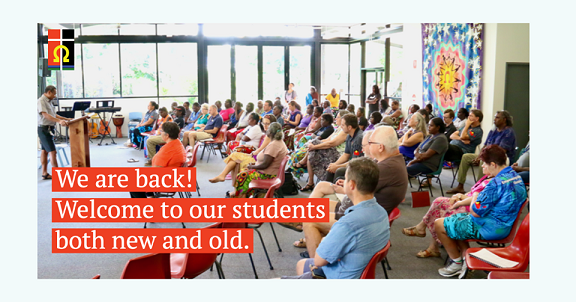
February 15th 2021
And added to her 4 day-a-week role at the College, Regina will be based one day each week at the Diocesan Office working as the Aboriginal Ministry Coordinator. This is a new role and Regina sees herself as first up researching Aboriginal Ministries nationally and within the Territory, including what has been done in the past, what we are currently doing and where Aboriginal Ministry in the NT should be heading. Regina sees this as including dialogue with the National Aboriginal and Torres Strait Islander Catholic Council (NATSICC), the NT Diocesan Aboriginal Pastoral Council, Nungalinya College and much more…
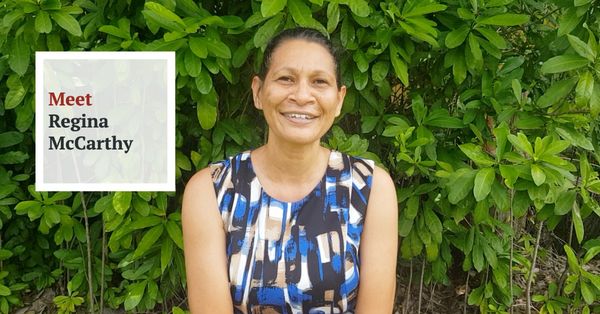
Recently I asked Regina to write something about herself that would introduce her to the wider diocesan membership.
This is what she sent me:
“My name is Regina McCarthy, Wadjigany woman from Bulgul, from the West Wagait region of the Northern Territory. Bamagaya is my Aboriginal name, given to me from my mother’s country, north of the Daly River mouth, located south-west of Darwin overlooking the Peron Islands. I am an Indigenous Australian, eldest of five siblings and mother of three adult children. I spent my childhood and primary school at Nauiyu Nambiyu, Daly River and my secondary schooling at St John’s College, Darwin and Mt St Bernard College, Atherton Tablelands, North Queensland, respectively. I have worked in Indigenous organisations, education and employment services sector. I am also a member of St Martin de Porres, Catholic Aboriginal Community and have been so for the last twenty years. During this time, I have been involved in various ministries. I attribute the foundation and continuity of my faith provided for by the role-modelling and teaching of my parents, my mothers (aunties), my family, St Martin de Porres Community and Chaplain and many other Christian connections. My journey has brought me to a new chapter which sees me working at Nungalinya College and the Catholic Diocesan office, which will continue to develop my Christian walk and to share in the faith journey of Christ with others in a meaningful way.”
Robyn Reynolds OLSH, taught Nungalinya
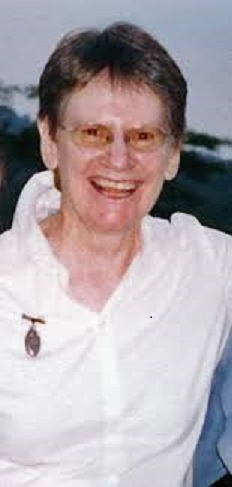
Let me finish this write-up on a rather personal note.
When I first came to the Darwin diocese in 1978, Regina’s father, Peter McCarthy, together with his brother Bob, were working at our Daly River Mission, alongside MSC priests and brothers and OLSH Sisters, as Lay Missionaries and had been there since 1970.
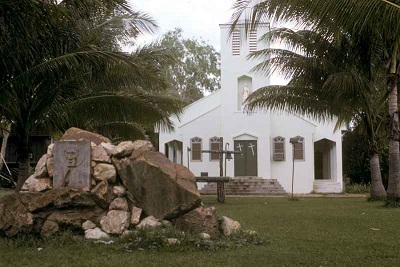
Daly River
Peter was gifted with a wide range of practical skills. He could fix anything.
Now, some of you will be familiar with the semi-lifesize crucifix in the Chapel at “The Ranch”, the MSC house in Nightcliff.
Well, about 10 years ago, the corpus or figure of Jesus on the crucifix began to come apart, due to the rusting of the metal structure inside the figure. The external statue part hanging on the wood was breaking up, dismembering the corpus. I thought the damage was irreparable.
Brother Ted Merritt knew who to turn to: Peter McCarthy. The repair job he did was absolutely professional. To this day the Ranch Chapel crucifix is as good as new.
I consider it to be a fitting memorial to Peter McCarthy.
Father Malcolm P Fyfe msc
Vicar General
News from MSC Ireland: the closing of Myross Wood, Leap.
News from MSC Ireland: the closing of Myross Wood, Leap.

Many Australian MSC have visited Leap, Western Cork (on the tip of Ireland, next stop, America). Some visited when Myross Wood was the Novitiate – in the past and again, in 2017, as the international novitiate with Jim Miller MSC as novice director. Some visited when it became a retreat centre.

After 74 years of ministry, it has now closed and plans are in progress for the future of the building and the estate– but somewhat delayed by covid-19 in Ireland.

Michael Curran, former superior general, and Daniel O’Brien resided at Myross Wood. Michael is appointed to reside with Terry O’Brien MSC in the parish house in Kilmacabea (Leap-Glandore). Dan is appointed to the Western Road community.

Downlands College. Opening of the school year 2021.
Downlands College. Opening of the school year 2021.
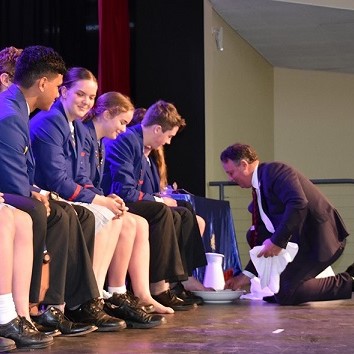
- Something important happened during Downlands Investiture Mass.
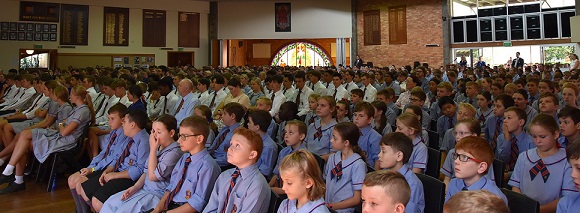
- Yes - we recognised our 2021 School Captains and Senior Leaders.
- Yes - we recognised our 2021 Boarding House Leaders.
- Yes - we recognised our 2021 Performing Arts Leaders.
- Yes - we recognised our 2021 Intra-House Leaders.
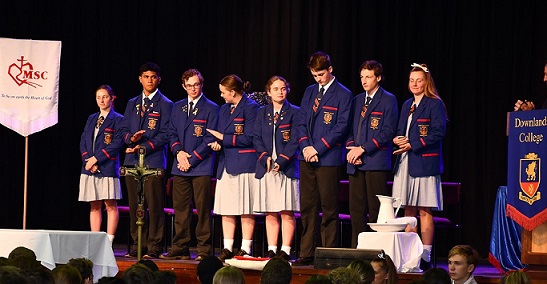
- BUT - most importantly, as our entire school was welcomed to the 2021 school year, our Principal, Mr Stephen Koch, following the example set by Jesus, demonstrated servant leadership; while our staff group sang the Servant Song.
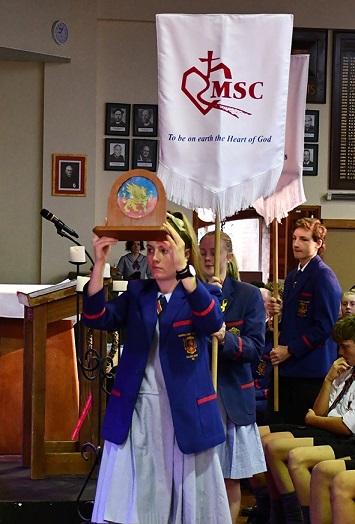
- From our Principal, to our staff and, to our students, leadership at Downlands is characterised by the alignment of philosophy, process and practices with the MSC Vision for enhancing student growth, and is characterised by a focus on servant leadership as a core, relationship building, gentleness, and affirmation.
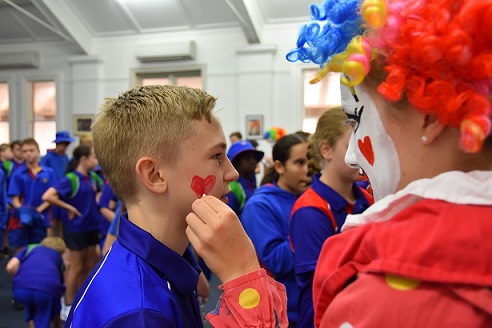
- The College has taken as its 2021 theme - FAMILY.
- Downlands is a place where your heart finds a home. Where our students’ educational journey is one that will develop selfless leaders who are advocates for values-based communities.
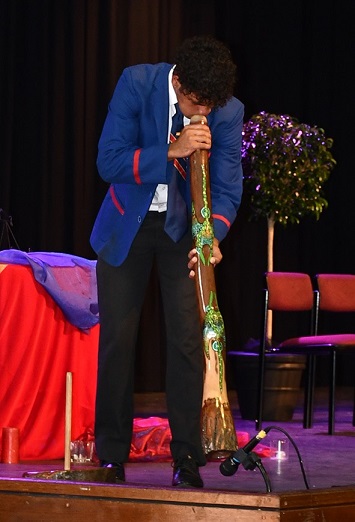
- Our distinctive culture is informed and guided by our beliefs and commitment to community, personal growth, relationships, spirituality, and individual learning journeys.
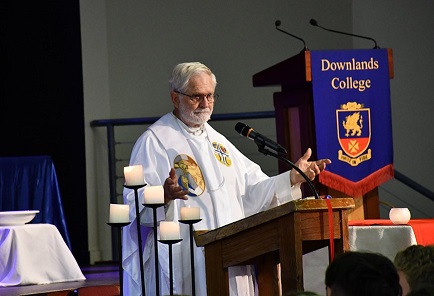
- Fr Vince Carroll MSC conducted the Eucharist and his message to the community reminded us of God’s love, community, respect, and family. What a a wonderful start to our school year.
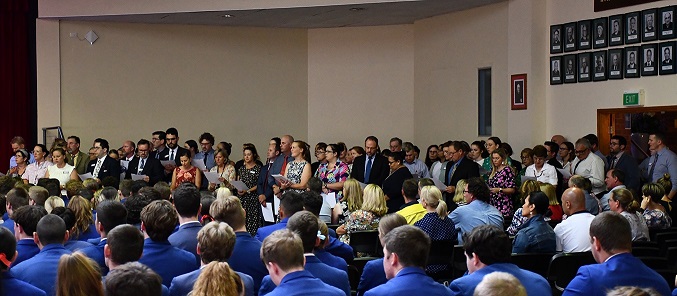
And further celebrations
The Tradition and Spirit of Downlands
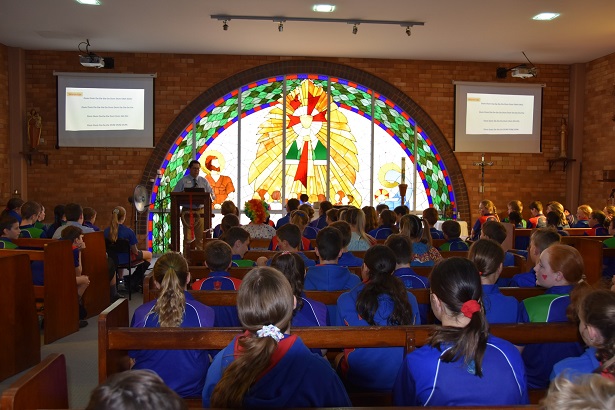
Friday marked a crucial point in our Year 7 students’ Downlands journey. Tradition and Spirit Day is a special day for all Downlanders as they move through Year 7 and learn more about Downlands and our strong MSC traditions.
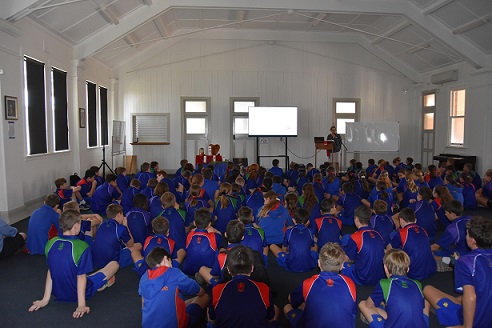
Students participated in a Heart Ceremony, including being gifted their very own Class of 2026 song, craft activities and candles. The College Stories tour, heroes and role models held young peoples’ interest, with some wanting to know more even as they finished for afternoon tea.
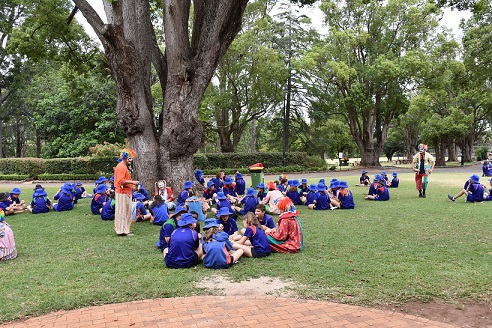
- A swim in the pool was a perfect ending to a fun-filled and eventful day!
Ashes in a time of covid
Ashes in a time of covid
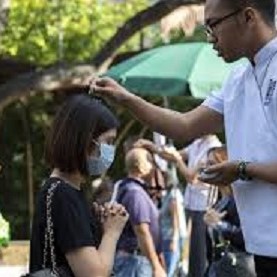
An American priest writes: "I would think in this time of COVID, the significance of Ash Wednesday is even greater because we have to come face to face with our weakness, our mortality and our need for one another.”

The ashes symbolize both death and repentance. During this period, Christians show repentance and mourning for their sins, because they believe Christ died for them.
But…
Ash Wednesday is going to look different this year.

Instead of the priest or deacon using ashes to make the sign of the cross on people's foreheads, ashes will be sprinkled on top of people's heads.
Also, the priest will bless the ashes all at once instead of individually speaking to and blessing everyone.
Symbolic ashes in a pandemic – we do not know when it will end.

The Breather Day before Lent
The Breather Day before Lent

Around the Church and the world, Tuesday, today, is Shrove Tuesday, Carnival, Pancake Tuesday... a moment of breath and lightness before the penance of Lent.
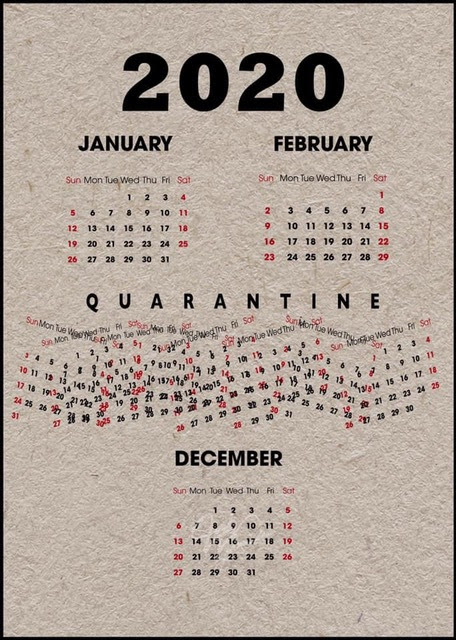
For us, a moment of levity as we look back at covid 2020 (and this is coming from Melbourne, Day 4 of our new lockdown)



